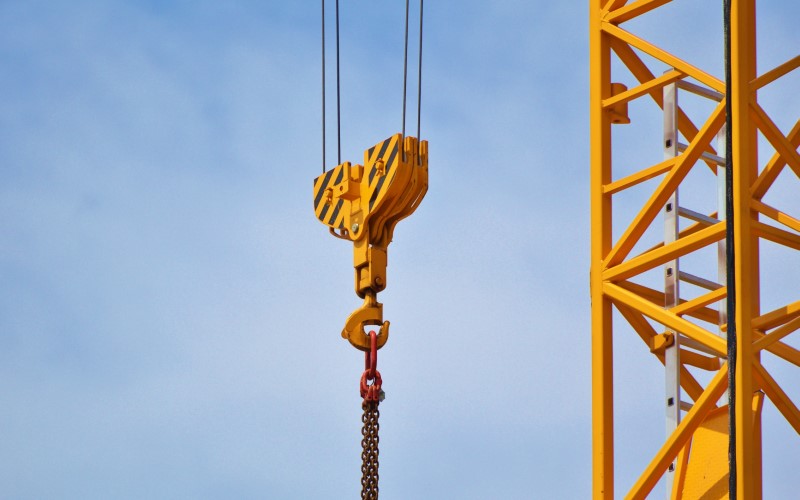
Buying construction equipment is a significant but worthwhile investment. These tools can last for years if made according to industrial standards. Australian companies like Bremco pride themselves in delivering quality products that can withstand the test of time. Nonetheless, due diligence should be exercised when buying and moving them around. The AS2359 Series of Standards specifies the requirements and safety codes for forklift attachments and other related parts. Read on if you would like to discover more about the precautionary measures needed to be in place if you will be using forklift attachments in your workplace:
Safety guidelines when buying an attachment
When buying any lift attachment, details such as its maker, serial number, and model number should be embedded in the product. It should also have a load chart so that users can know its capacity.
Your attachment should also comply with the standards of your lift. Generally, its weight will have an impact on the capacity of your machine. If it is too heavy for your machine, you might strain your lift and even endanger someone’s life.
Moreover, you should pick the appropriate attachment that fits the load that your lift will be carrying. Rotator lift attachments are perfect if you need to transport bins or containers since they can turn between 180-360 degrees. Meanwhile, if you simply need to shift your load from left to right, side shifters would do. For transporting people upward, you should get safety cages since they are equipped with harnesses and lanyards for individuals. Aside from these common attachments, you can also get a specialised extensions like jibs (available from companies like Bremco), where you can hook your cargo and spreaders if you need to convert your load into compressive forces.
Safety guidelines for lift movement
Some of the common safety hazards that operators might experience when carrying forklift loads are caused by instability. As such, it is advised that operators never put a load on an attachment beyond its rated capacity. The vertical movement of the load should also be done slowly. Furthermore, the attachment should always be lowered down when travelling. Carrying a load down the slope or any uneven surface must be avoided if possible. In this way, rolling and overturning incidents can be prevented.
Additionally, it is advised that the centre of gravity must always remain with the triangle of stability. If the attachment falls outside this triangle, it might cause a tip over. To prevent the attachment from tipping over, sharp turns should be avoided at all costs. Furthermore, the attachment should be placed on the machine’s longitudinal line. If one part of the weight is heavier than the other, the lighter end should be farther from the centreline.
In the unfortunate event that a tip-over happens, operators are advised to hold tightly on the steering wheel, brace their feet, and lean away to counter the tip and lessen the impact.
Safety guidelines for operator
AS2359 Series of Standards is very strict when it comes to the qualification of lift operators. According to the document, operators should have a high-risk work license. He should also have sufficient skills and knowledge when it comes to pre-operating checks and load support. This qualification can be ascertained by having a TLILIC2001A or a TLILIC2002A license. Furthermore, he needs to be fit for duty and has no medical condition that might jeopardise his work.
Safety protocols should be taken into consideration when buying and using lift attachments. Your attachment should be appropriate for the load you are carrying. They must also meet the minimum requirements of your lift. Furthermore, you should exercise due diligence when moving it around. If you heed all these Australian industrial regulations, then you would have no safety problem in the workplace.
